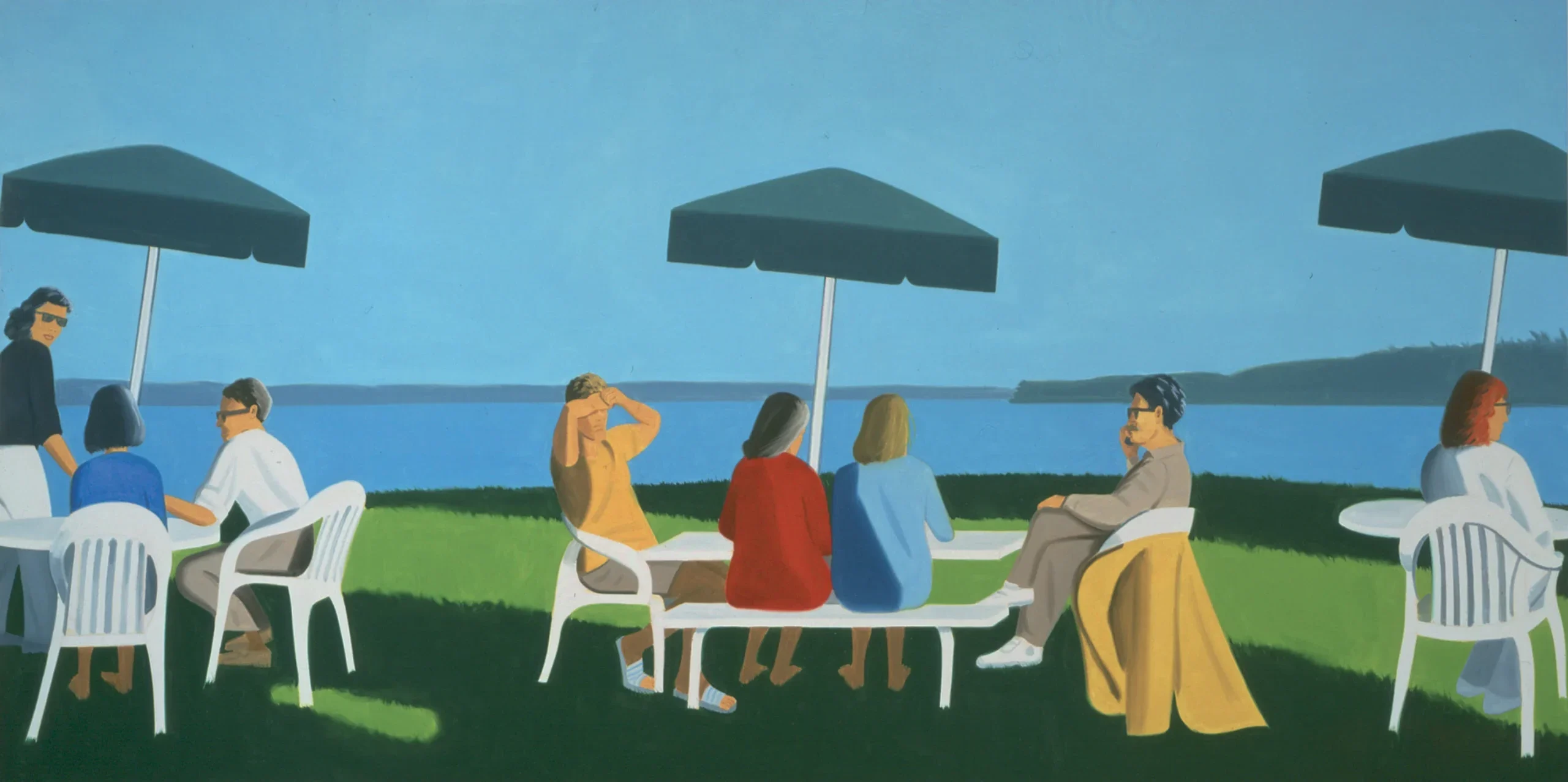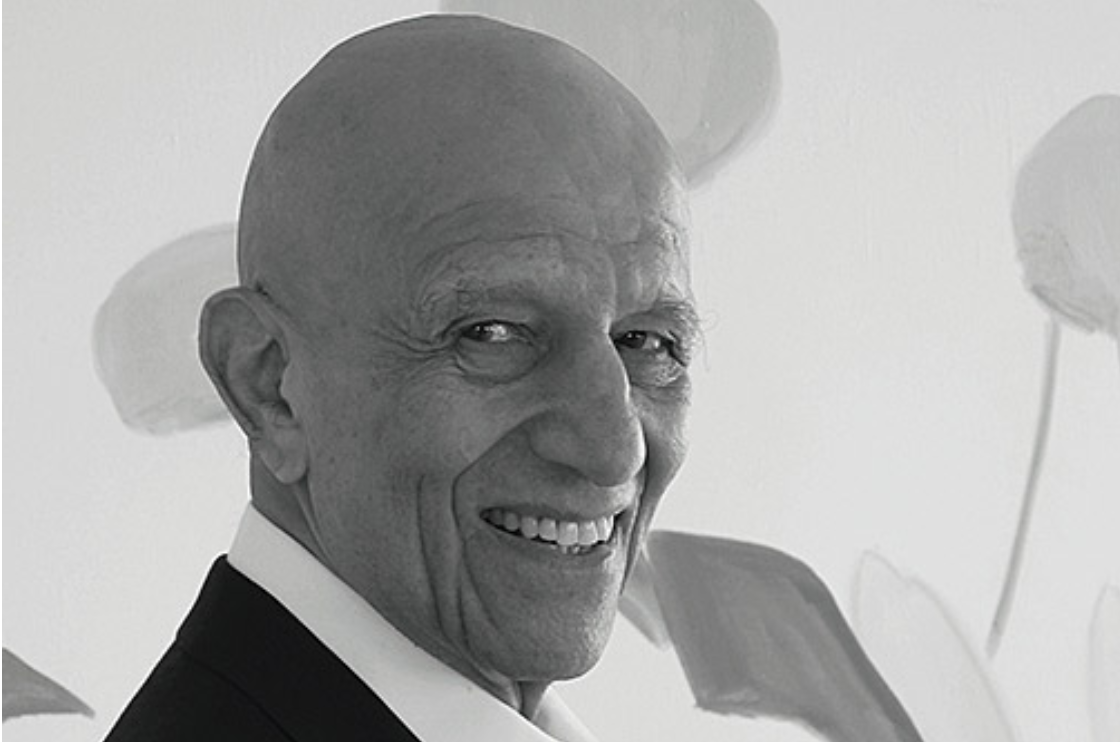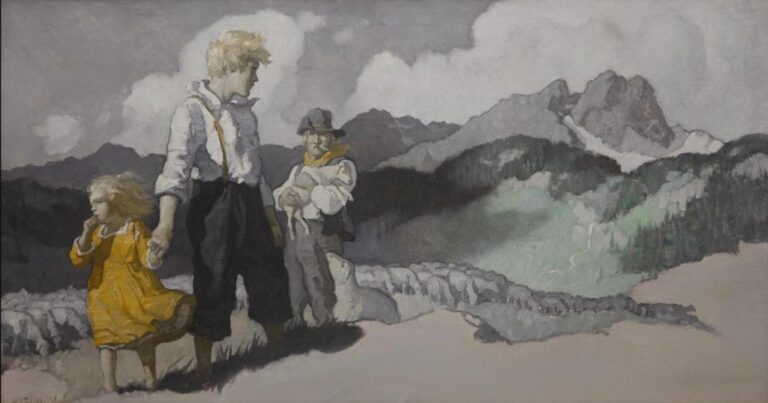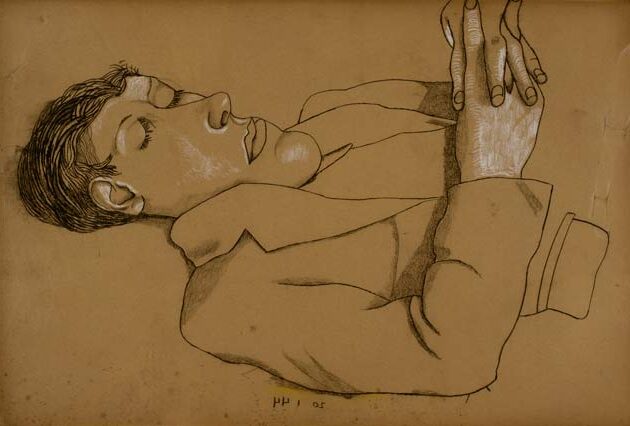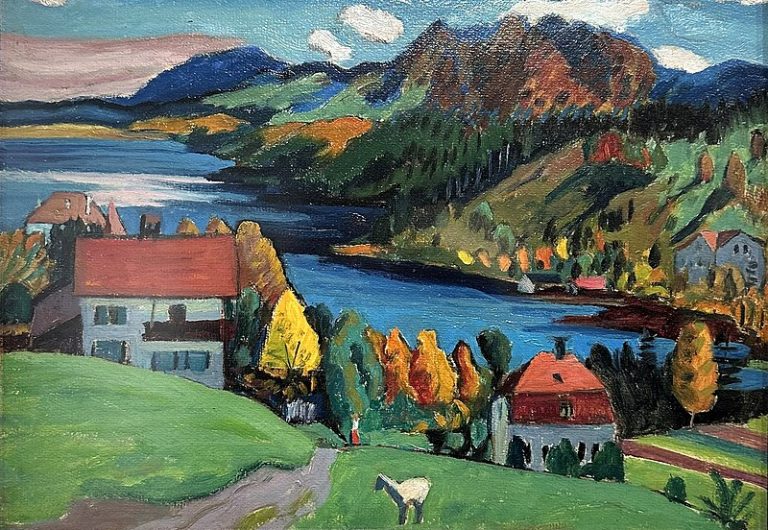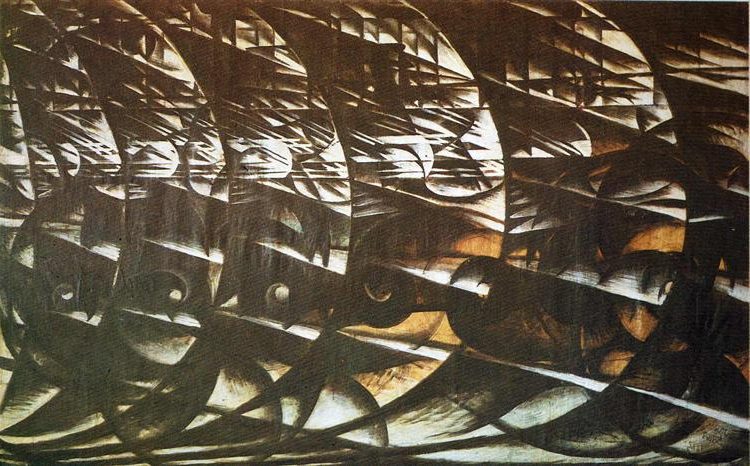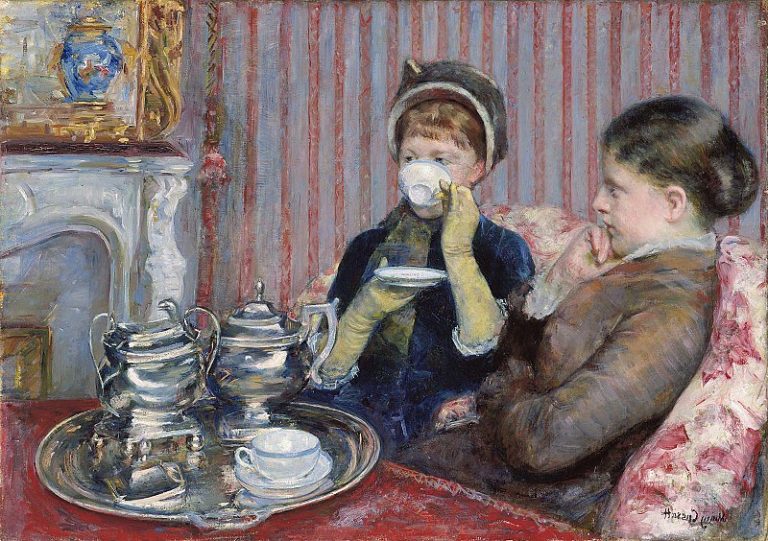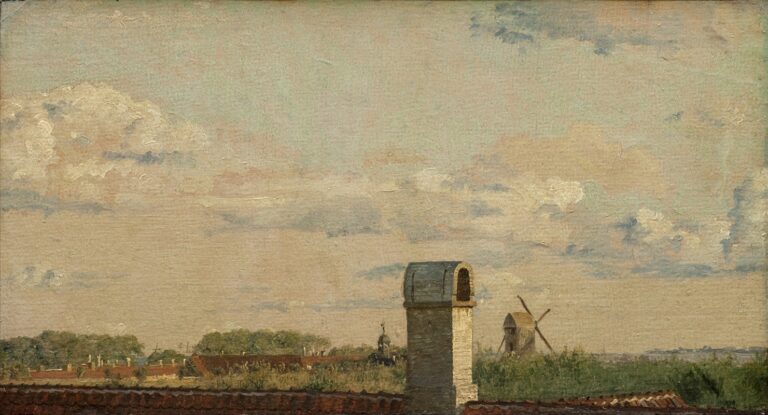Alex Katz Painter: A Definitive Look at Modern American Portraiture
Born: July 24, 1927, New York City, U.S.
Art Movement: East Coast Figurative Painting, New Realism, Pop Art
Nationality: American
Influenced By: Kitagawa Utamaro
Institution: The Cooper Union for the Advancement of Science and Art, Skowhegan School of Painting and Sculpture
Alex Katz Painter: A Definitive Look at Modern American Portraiture
Life and Work of Alex Katz
Alex Katz has established himself as one of America’s most influential figurative artists through his distinctive painting style. His artistic journey spans over seven decades, during which he developed his iconic approach to portraits and landscapes.
Early Life and Education
Born on July 24, 1927, in Brooklyn, New York, Alex Katz grew up during the Great Depression. His parents, Russian Jewish immigrants, encouraged his artistic interests from an early age.
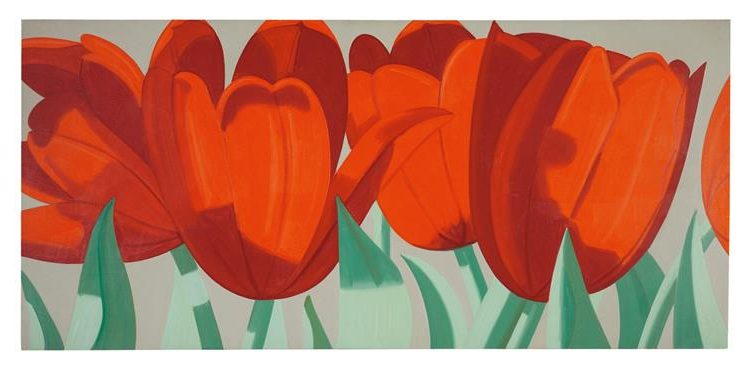
Red Tulips, 1967, by Alex Katz
In 1946, Katz enrolled at The Cooper Union in New York City, where he studied painting and received formal training in modern art movements. This education provided him with a strong foundation in technical skills.
After graduating in 1949, Katz attended the Skowhegan School of Painting and Sculpture in Maine. This experience introduced him to plein air painting and sparked his lifelong connection to the Maine landscape.
Artistic Evolution and Style
Katz began his career during the height of Abstract Expressionism but chose to develop his own representational style. By the 1950s, he had established his signature approach: flat, simplified forms with clean lines and reduced details.
His work is characterized by bright colors, sharp edges, and a remarkable economy of means. Katz’s large-scale portraits, often featuring friends, family, and figures from New York’s cultural scene, became his most recognized works.
Over time, his style evolved while maintaining its essential clarity. His paintings capture moments with a cinematic quality, freezing figures in time with a cool detachment that feels both intimate and distant.
To date, Katz’s work has been featured in more than 250 solo exhibitions and nearly 500 group shows internationally, demonstrating his significant impact on contemporary art.
Influences and Inspirations
Katz draws inspiration from diverse sources including cinema, advertising, and Japanese woodblock prints. He admires artists like Matisse and Manet for their handling of light and composition.
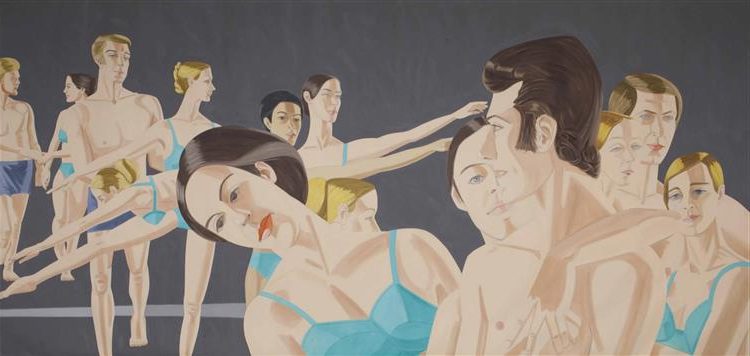
Private Domain, 1969, by Alex Katz
The beauty of everyday life remains central to his work. His wife Ada, whom he has painted hundreds of times since they met in 1957, serves as his most frequent subject and muse.
New York City’s cultural environment and the natural landscapes of Maine provide the dual backdrops for much of his creative output. These contrasting settings reflect the urban sophistication and natural simplicity that coexist in his art.
Despite changes in the art world, Katz has maintained his distinctive vision, creating work that celebrates visual pleasure while quietly challenging conventions of representation.
Alex Katz’s Artistic Contributions
Alex Katz has made significant contributions to American art over his remarkable career spanning more than seven decades. His distinctive style combines bold simplicity with heightened colors, creating works that influenced generations of artists.
Portraiture and Figure Paintings
Katz is widely recognized as a master of cool, composed portraiture. He has created more than 250 portraits featuring his wife Ada, friends, and figures from New York’s cultural scene. His portraits are characterized by flat colors, sharp outlines, and a distinctive cropping technique that creates a sense of monumentality.
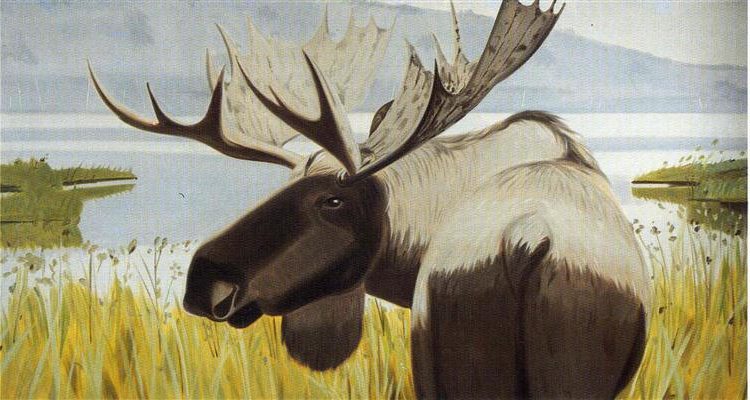
Moosehorn State Park, by Alex Katz
These works often feature subjects against monochromatic backgrounds, emphasizing their features with minimal detail yet capturing their essence perfectly. Katz’s “cut-out” portraits of the 1950s pushed boundaries by bringing painting into three-dimensional space.
His large-scale figurative works, sometimes reaching over 10 feet tall, transform everyday people into iconic images. This approach to portraiture predated and influenced Pop Art, though Katz developed his style independently.
Landscape Paintings
Katz’s landscape paintings reflect his keen observation of light, particularly in his Maine summer home. These works capture fleeting moments with extraordinary clarity and precision.
His landscapes employ simplified forms and bold planes of color. Rather than creating detailed representations, Katz distills landscapes to their essential elements. Nighttime scenes feature dramatic contrasts between dark surfaces and illuminated areas.
Many landscape works focus on specific natural elements:
- Trees and foliage: Often depicted with flat areas of color
- Water reflections: Captured with geometric simplicity
- Light and shadow: Rendered with bold contrast
Katz’s landscape technique evolved from careful observation, resulting in paintings that appear spontaneous but are actually meticulously planned and executed on oil on linen.
Collages and Experimental Works
Beyond painting, Katz ventured into collage work and experimental media. His small collages often served as studies for larger paintings, allowing him to work through compositional ideas.
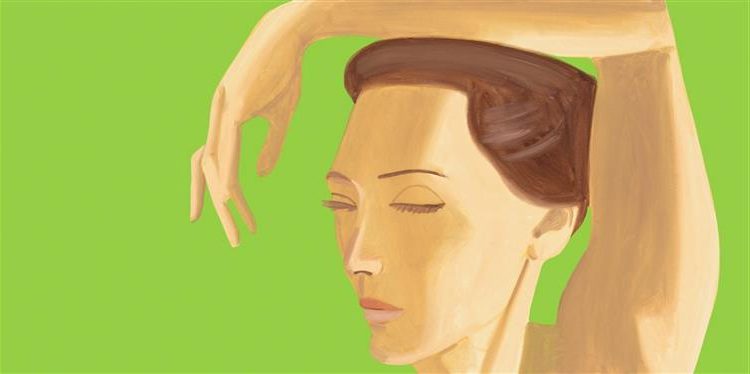
Homage to Degas, 2020, by Alex Katz
Katz collaborated with poets and dancers, creating set designs and limited-edition books. These projects reflect his connection to New York’s cultural avant-garde and his interest in crossing artistic boundaries.
In the 1960s, he produced aluminum cut-out sculptures that brought his painted figures into three-dimensional space. These works blur the line between painting and sculpture, creating a unique viewing experience.
His printmaking activities, including lithographs and woodcuts, demonstrate his technical versatility. These prints maintain the same boldness and clarity found in his paintings while exploring the unique qualities of each medium.
Exhibitions and Legacy
Alex Katz’s artistic journey spans over eight decades, marked by hundreds of exhibitions around the world and his works being housed in prestigious institutions globally. His distinctive style has left an indelible mark on the art world.
Major Solo and Group Exhibitions
The Guggenheim Museum’s “Alex Katz: Gathering” stands as a significant retrospective, showcasing his portraits, landscapes, and social scenes created across his extensive career. This exhibition highlighted his unique ability to capture the immediacy of visual perception.
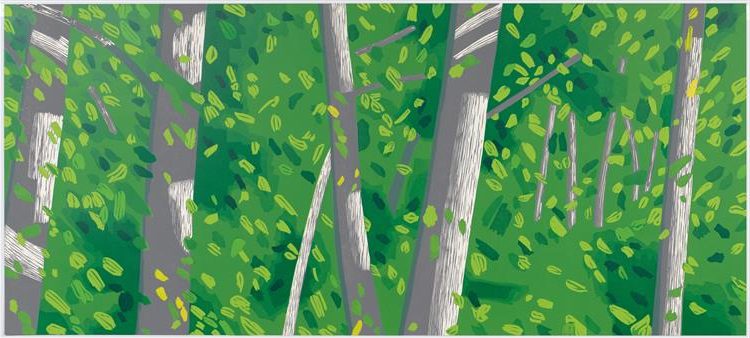
Forest, 2009, by Alex Katz
His work has been the subject of over 250 solo exhibitions and nearly 500 group exhibitions worldwide. Currently, “Alex Katz: The Venice Paintings” is on display at Thaddaeus Ropac Pantin in Paris (February 15 – April 12, 2025).
The Tate Modern in London has also hosted major Katz retrospectives, cementing his international reputation. His exhibitions often focus on themes like theater, dance, and the landscapes of Maine where he maintains a studio.
Collections and Public Recognition
Katz’s works are housed in over 100 public collections worldwide, including the Metropolitan Museum of Art, MoMA, and the Whitney Museum in New York. These institutions recognize his significant contributions to American art.
The Guggenheim Museum’s collection includes numerous Katz paintings that showcase his evolution as an artist. His work is particularly valued for its distinctive approach to figuration and landscape.
Many of his paintings featuring his wife Ada, his recurring muse, have become iconic works in major collections. Public recognition of Katz’s work has grown steadily, with his paintings now commanding significant prices at auctions and galleries.
Influence on Contemporary Art
Katz’s flat, stylized aesthetic has influenced generations of painters who appreciate his ability to blend realism with abstraction. His billboard-sized paintings anticipate aspects of Pop Art while maintaining their own distinct vocabulary.
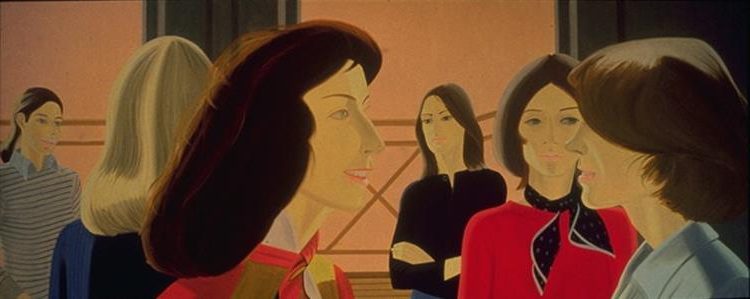
Six Women, 1975, by Alex Katz
His approach to portraiture—characterized by bold colors, sharp edges, and cropped compositions—has been particularly influential for younger artists. Many contemporary painters cite Katz as a key inspiration for their work.
Beyond painting, his influence extends to sculpture and printmaking. His collaborations with poets and dancers have demonstrated the versatility of his vision and expanded his impact beyond the traditional boundaries of fine art.
Frequently Asked Questions
Alex Katz has developed a distinctive artistic style over many decades of work. His approach to art, exhibition history, and evolution of technique are subjects of interest for many art enthusiasts.
What are the defining characteristics of Alex Katz’s painting style?
Alex Katz is known for his flat, simplified forms and vibrant colors. His work often features sharp edges and reduced details, creating a distinctive style that feels both realistic and stylized.
He typically uses large canvases to create bold, cropped compositions. Katz focuses on capturing immediate visual impressions rather than emotional or narrative content.
His style has been described as “cool” painting, with an emphasis on surface appearance. He developed this approach as a reaction against Abstract Expressionism’s emotional intensity.
How has Alex Katz’s work influenced contemporary art?
Katz’s flat style and sharp focus on everyday subjects helped bridge the gap between abstract expressionism and pop art. His work influenced generations of painters interested in figurative art with a contemporary edge.
Many artists have adopted his approach to cropping and flattening figures. His influence can be seen in contemporary portraiture and fashion illustration.
Katz’s willingness to pursue his unique vision despite changing art trends shows his artistic integrity. He was ahead of his time in many ways, as noted in the search results: “painters paint with the previous generation’s look” but Katz often broke from this pattern.
What are some of the most notable exhibitions that have featured Alex Katz’s paintings?
Katz has exhibited extensively at major museums including the Whitney Museum of American Art in New York. His work has been featured in comprehensive retrospectives that span his lengthy career.
International exhibitions at the Tate Modern in London, Centre Pompidou in Paris, and Guggenheim Museum in Bilbao have highlighted his global importance. These shows typically feature his large-scale paintings alongside his cutouts and smaller studies.
Recent years have seen renewed interest in his work, with exhibitions focusing on specific periods or themes in his art. Many museums hold his work in their permanent collections.
Can you describe the evolution of Alex Katz’s portrait work throughout his career?
Katz’s early portraits in the 1950s showed more detail and texture than his later work. As his style developed, he moved toward increasingly simplified forms and flatter application of paint.
His wife Ada has been his most frequent subject, appearing in hundreds of paintings across decades. Through these portraits, viewers can track the evolution of his technique and approach.
By the 1960s and 70s, Katz had developed his signature style of cropped, large-scale faces with minimal backgrounds. His later portraits became even more economical in their use of line and detail while maintaining their strong visual impact.
What are the key themes and subjects present in Alex Katz’s landscape paintings?
Katz’s landscapes often feature the Maine coastline where he spends his summers. These works capture fleeting moments of light and atmosphere rather than detailed natural settings.
His landscape paintings show the same interest in formal qualities as his portraits. He reduces complex natural scenes to essential shapes and colors.
Night scenes and reflections on water appear frequently in his landscape work. These subjects allow him to explore contrasts of light and dark while maintaining his simplified approach.
How has Alex Katz’s technique and use of color evolved over the years?
Katz’s early work showed more visible brushwork and texture. Over time, he developed techniques to create increasingly smooth, flat surfaces. These surfaces appear almost mechanically produced.
His color palette has generally become more vibrant and bold throughout his career. As mentioned in the search results, Katz has been known to pack specific colors like orange for his summer painting sessions in Maine.
Katz’s work demonstrates remarkable technical skill developed through decades of practice. As he noted in one interview: “I worked hard to develop the talent. It wasn’t natural.”

